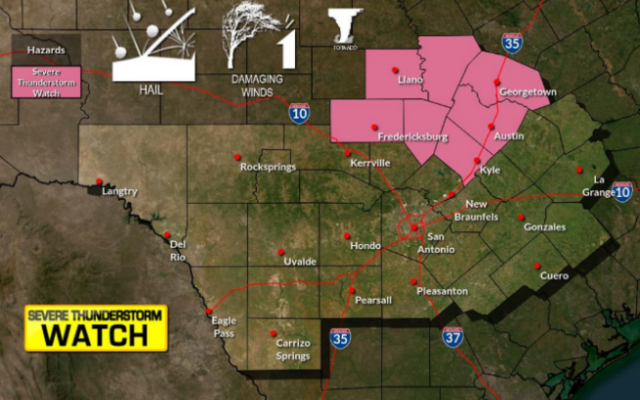How to talk to your kids about climate change

(NEW YORK) — With oceans rising, forests burning and growing pollution, climate change can be a depressing topic.
No wonder so many avoid talking about it with our friends, family and especially our children.
However, talking about the crisis is one of the most important things we can do, according to experts.
ABC News spoke with Harriet Shugarman, executive director of Climate Mama and author of How to Talk to Your Kids about Climate Change, as well as youth climate justice activist Mitzi Joelle Tan. They shared some essential tips for talking to young people about the complex topic:
1. Instill a love for nature in young kids
Very young children can start to form a connection with nature, from going to the local park to gardening at home to learning the names of animals and local species.
“You don’t want to tell kids all about carbon dioxide emissions at the age of 5, but just instilling a love for the environment, being connected to nature, I think that is so important at any age,” Tan said.
“There are ways to engage our youngest children in nature that instill that sense of wonder and beauty,” Shugarman told ABC’s Good Morning America.
“Whether you live in the middle of a city, or out in the country, enjoying nature and sharing that people are working to protect it is really important,” she added.
2. Tell kids the truth in ways they can understand
“Very young kids can understand pollution,” Shugarman said. “We can say that cars and factories pollute, and we’re working towards making that clean.”
“We may think our young kids are too little to hear some of the impacts of climate change, but children can often see straight through to the truth. Depending on the child’s age, telling the truth will simply involve going into different levels of detail,” Shugarman added.
Tan shared some of her own experiences learning about climate change at a young age from an Indigenous leader in her community.
“When I was told about Climate Change, [the Indigenous leader] wasn’t trying to convince us that we have to fight back or that we had to be activists,” Tan said. “The simple fact was what made me realize that he’s right, it’s simple. It makes sense, this is something that we’ll keep experiencing and it will only get worse if we don’t do anything, so we have the fact that we have no choice.”
3. Remember to focus on the positives, too
“You can’t just go, ‘Oh, you’re doomed.’ It always has to be an empowering message that yes, this is horrible, but there is something that you can do,” Tan said.
“Know it’s OK for kids to feel sad or to feel angry, and that those are normal reactions, but then, coming out the other side, right after we felt sad or grief, that it’s an amazing opportunity to say, because we’re alive right now, when really important decisions that matter are happening, we can be part of that together,” Shugarman suggested.
And children can learn about the power of civic action, too, by taking simple steps to engage with their communities.
“Even as early as in elementary school, kids can learn about our democracy, about fighting for our climate, especially if you share examples of other young people and what they’re doing to help the climate,” Shugarman added.
4. Show them you care about the planet and are working to make it better
“As parents, as caregivers, we have to show them that we get it, too, and it’s important to us,” said Shugarman. “Also, making clear how it presents so many opportunities, because we can all be part of the solutions.” Taking responsibility for your role in this ongoing challenge can go a long way, too.
“Many youth really get it; that’s why we have this big youth climate movement. I think they are feeling a really heavy weight,” said Shugarman. “I think that adults have said, ‘Well the youth have risen … so they’re gonna fix it,’ and that’s unfair and wrong, and from my perspective, it must be intergenerational.”
Copyright © 2021, ABC Audio. All rights reserved.
You Might Also Like



